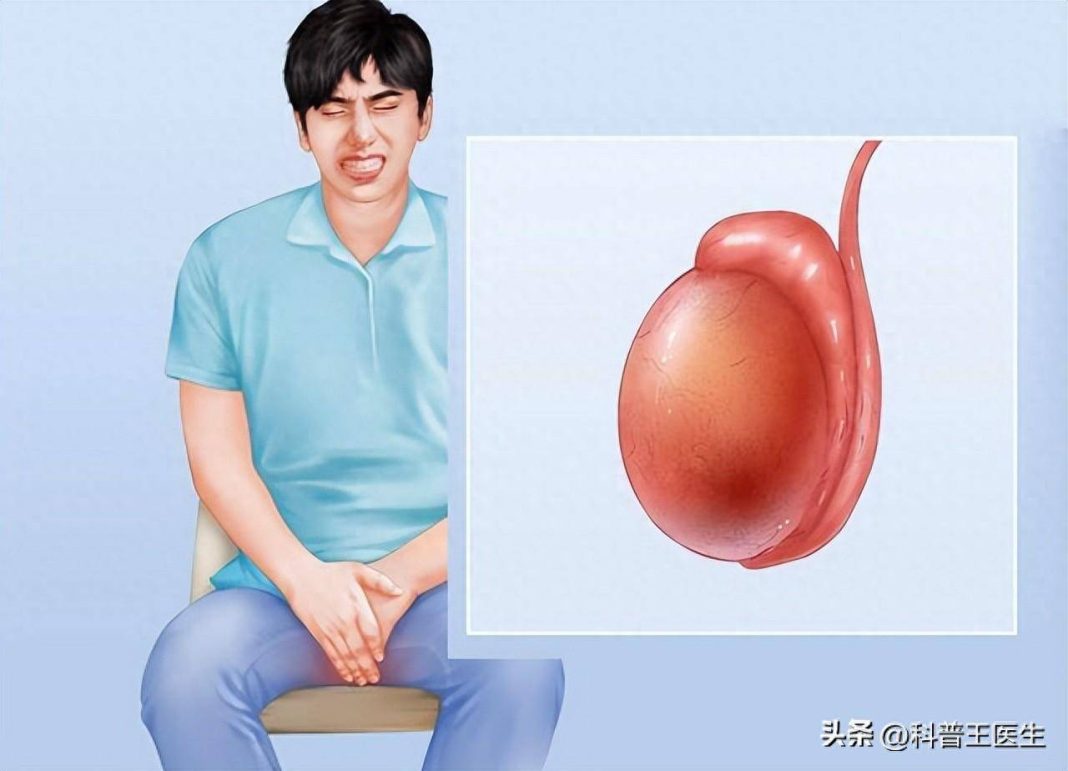Gentlemen, have your testicles ever experienced swelling and pain? Do not ignore this symptom, as it may be a sign of certain diseases! Today we will discuss the potential health issues that may be hidden behind testicular swelling and pain.
First and foremost, it is important to understand that during normal physiological activities such as vigorous exercise or sexual activity, brief testicular swelling and pain is normal. However, if the pain persists continuously or occurs after non-strenuous activities or sexual intercourse, it should raise a high level of alertness.
Here are several diseases that may cause testicular swelling and pain:
1. Testicular torsion: This is an emergency situation where the testicle experiences severe pain accompanied by symptoms such as nausea and vomiting. If not treated promptly, it may lead to testicular necrosis, and even require removal.
2. Orchitis (testicular inflammation): Orchitis can lead to testicular swelling, pain, fever, chills, and other symptoms. Inflammation may spread to the epididymis, leading to epididymitis.
3. Testicular tumor: Although testicular tumors are rare, one of their early symptoms is testicular swelling and pain. In addition, tumors may also cause enlargement of the testicle and a hardened texture.
4. Prostatitis: Prostatitis is a common male disease, one of its symptoms being testicular swelling and pain. Patients may also experience frequent urination, urgency, and pain during urination.
5. Varicocele (varicose veins in the testicles): This is a vascular disease that can cause insufficient blood supply to the testicles, resulting in swelling, a feeling of heaviness, and pain. Prolonged varicocele may lead to testicular dysfunction.
How to prevent testicular swelling and pain?
1. Pay attention to lifestyle habits: Avoid prolonged standing or sitting, engage in regular physical exercise, and improve physical fitness.
2. Keep the scrotum dry: Avoid prolonged exposure to a humid environment to prevent testicular diseases.
3. Prevent infections: Maintain personal hygiene, avoid unsafe sexual practices, and reduce the risk of infection.
4. Regular check-ups: Detect and treat diseases promptly to prevent worsening conditions.
Finally, if your testicular swelling and pain symptoms persist or are accompanied by other symptoms, seek medical attention promptly to avoid missing the best treatment opportunity. Remember, your health is the most important thing! #HeadlineCreationChallenge#


